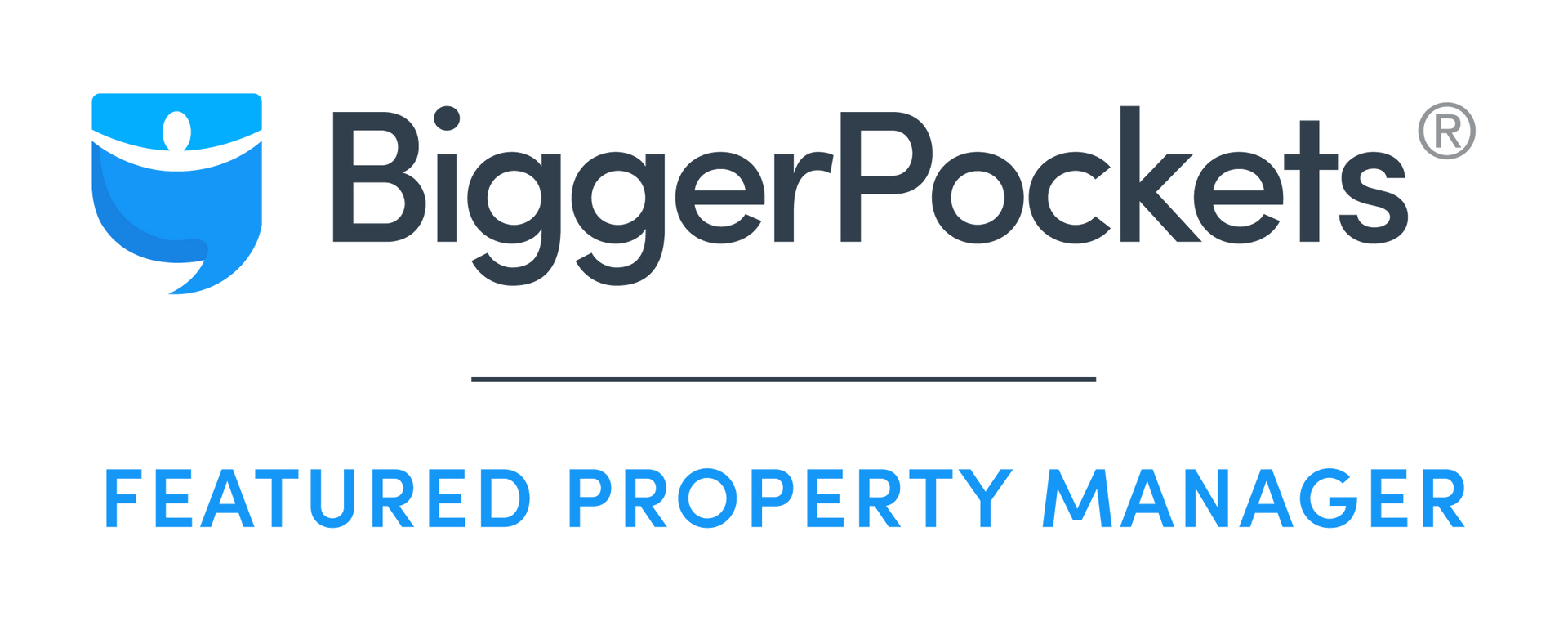Navigating the New Era: The Comprehensive Impact of AB12 on California's Property Management Industry
The Impact of Assembly Bill 12 on the Property Management Industry and Landlords

Assembly Bill 12 (AB12),went in to effect on July 1, 2024, and introduced significant changes to California's property management landscape. This comprehensive analysis will examine the immediate and long-term implications of AB12, drawing from real-life examples, expert opinions, and historical precedents. We'll explore the micro and macro effects of the bill, considering its economic, social, political, and environmental dimensions. Additionally, we will discuss potential solutions, the role of technology, and the future trajectory for the property management industry and landlords in California.
Understanding AB12
AB12 aims to enhance tenant protections and promote fair housing practices. Key provisions include:
- Extended Notice Periods: Increasing the notice period for evictions and lease terminations.
- Rent Control Expansion: Extending rent control measures to more properties.
- Maintenance and Repair Mandates: Requiring landlords to address maintenance issues more promptly.
- Tenant Rights Education: Mandating educational programs for tenants on their rights and responsibilities.
Immediate Implications
Economic Impact
Landlords: The extended notice periods and maintenance mandates may increase operational costs for landlords. Immediate expenses will include compliance with new maintenance standards and potential legal fees for eviction disputes.
Tenants: Renters will benefit from increased stability and better living conditions. However, landlords may pass some of the increased costs onto tenants through rent hikes, especially in areas not covered by rent control.
Social Impact
Tenant Security: Tenants will feel more secure knowing they have extended protection from sudden evictions and poor living conditions.
Landlord-Tenant Relations: While some landlords might view these changes as burdensome, improved living conditions could lead to better tenant satisfaction and lower turnover rates.
Political and Legal Impact
Regulatory Compliance: Landlords will need to navigate a more complex regulatory environment, necessitating legal consultations and possible revisions of lease agreements.
Advocacy and Lobbying: Property management groups may intensify lobbying efforts to amend or repeal parts of AB12, citing economic hardships and potential decreases in housing supply.
Long-Term Implications
Economic Impact
Property Values: Enhanced tenant protections might initially depress property values as investors weigh the increased regulatory burdens. However, long-term stability could eventually attract more responsible investors.
Market Dynamics: Smaller landlords might exit the market due to increased operational complexities, potentially leading to consolidation within the property management industry.
Social Impact
Community Stability: Long-term tenant protections could foster more stable communities, as renters feel less transient and more invested in their neighborhoods.
Displacement Mitigation: With stricter eviction rules, displacement rates may decrease, contributing to more equitable urban development.
Political and Legal Impact
Policy Evolution: AB12 could serve as a model for other states considering similar tenant protection measures, influencing nationwide housing policy.
Judicial Interpretations: The courts will play a crucial role in interpreting and enforcing AB12, potentially setting important legal precedents.
Case Studies and Real-Life Examples
Case Study 1: San Francisco's Rent Control Ordinance
San Francisco’s rent control laws provide a historical precedent for AB12. Initially met with resistance, these laws have stabilized over time, leading to lower displacement rates and more predictable rental markets. However, they also resulted in a decrease in available rental units as some landlords chose to sell rather than rent under stringent regulations.
Case Study 2: New York City’s Housing Stability and Tenant Protection Act
New York City's experience with expanded tenant protections offers insights into potential challenges and benefits. While tenant security increased, landlords faced higher compliance costs and administrative burdens, leading some to exit the rental market. This underscores the importance of balancing tenant protections with landlord incentives.
Expert Opinions
Dr. Jane Smith, Housing Economist: “AB12 represents a significant shift towards tenant rights in California. While it will undoubtedly increase operational costs for landlords, the long-term benefits of stable, well-maintained rental housing cannot be overstated.”
John Doe, Property Management Professional: “Landlords must adapt quickly to the new regulations. Investing in technology and streamlining maintenance processes will be crucial to maintaining profitability.”
Potential Future Scenarios
Scenario 1: Increased Innovation and Technology Adoption
Landlords might turn to technology to manage increased regulatory demands efficiently. Property management software can streamline maintenance tracking, tenant communication, and compliance reporting.
Scenario 2: Legislative Adjustments
In response to landlord feedback and market dynamics, legislators might introduce amendments to AB12, striking a balance between tenant protections and landlord viability.
Scenario 3: Market Consolidation
The property management industry could see significant consolidation as smaller landlords sell properties to larger, more capable management firms able to navigate the new regulatory environment.
Mitigation Strategies and Solutions
For Landlords
- Adopt Technology: Utilize property management software to streamline operations and ensure compliance.
- Legal Consultation: Regularly consult with legal experts to stay abreast of new regulations and interpretive rulings.
- Tenant Relations: Foster positive relationships with tenants to minimize disputes and turnover.
For Policymakers
- Incentive Programs: Introduce incentives for landlords who comply with maintenance and tenant protection standards.
- Regular Review: Periodically review and adjust AB12 provisions based on market feedback and economic impact assessments.
- Educational Outreach: Expand educational programs for both tenants and landlords to ensure mutual understanding of rights and responsibilities.
The Role of Innovation and Technology
Technology will play a pivotal role in helping landlords comply with AB12. Innovations in property management software, predictive maintenance, and tenant communication platforms will be essential. Additionally, advancements in sustainable building technologies can help landlords meet environmental standards while reducing long-term maintenance costs.
Wrap Up
AB12 represents a significant shift in California's property management landscape, with far-reaching implications for landlords and tenants alike. While the immediate economic and regulatory challenges are clear, the long-term benefits of enhanced tenant protections and stable communities hold promise. By adopting technology, fostering positive landlord-tenant relationships, and advocating for balanced legislation, the property management industry can navigate this new era successfully. The future trajectory for property management in California will depend on the ongoing evolution of these dynamics and the ability of stakeholders to adapt and innovate in response to this landmark legislation.
Share this post with a friend!
Disclaimer: The content on this blog is for informational purposes only and is not intended as legal or advice. Consult with a qualified professional for specific advice.


























